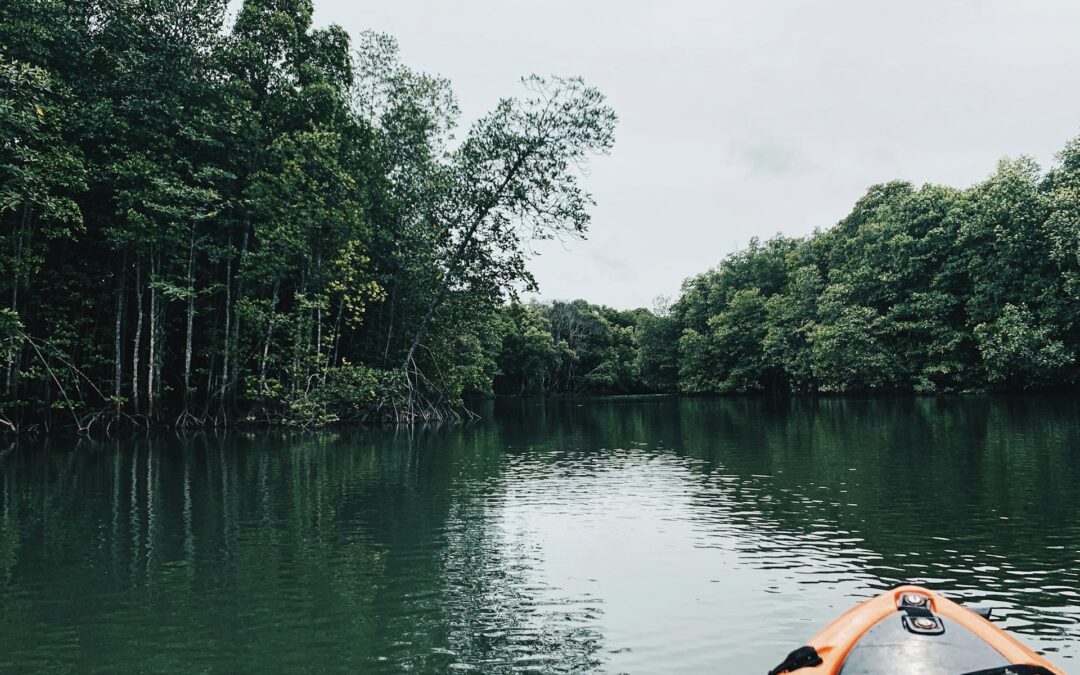
Central Asia, from its history marked by the silk route, to its present and promising future as a sources of renewable energy sources

If any of us were asked what we know of Central Asia, perhaps we could say it’s a geographical region located in the heart of the Asian continent made up of several countries that emerged from the disintegration of the USSR. We might even be able to name some of them and even highlight the great ethnic and cultural diversity of the area, or its wealth of natural resources, especially natural gas and oil. But, above all, most of us are reminded of the importance of this region in history because of the Silk Road, an ancient trade network connecting East and West. What maybe few people know is the key role that this region now plays in the global energy landscape.
Understanding the reasons for this key role
Made up of Kazakhstan, Kyrgyzstan, Tajikistan, Turkmenistan and Uzbekistan, the region, which is home to a population of over 70 million people, with projections to reach 90 million by 2050, is characterised by a diversity of landscapes, from high pastures and mountains to vast deserts and steppes, and several transboundary rivers, making the region independent in terms of water, energy and food. But the distribution of these resources, is not uniform; while the upstream countries – Kyrgyzstan and Tajikistan – are rich in water resources, the downstream countries – Kazakhstan, Turkmenistan and Uzbekistan – are rich in hydrocarbons. Thus, after the collapse of the Soviet System and the emerge of borders between them, these countries face huge challenges in terms of economic and political development, as well as environmental challenges related to the management of their natural resources, mainly in the water use, both for energy generation and agricultural demands, between upstream and downstream countries (because if the first ones consume too much water, the latter do not get enough to meet their demands in the same way as the first ones did).
The great chance of small-scale hydroelectric power
Small hydropower is based on harnessing the kinetic energy of water, such as riverbeds, small waterfalls or irrigation canals, to generate electricity in a small hydropower plant. In the study region, small hydropower offers a great opportunity to take advantage of the presence of numerous rivers and streams to generate electricity in a sustainable and decentralised way, while providing local communities with an economic source of diversified energy generation. However, it is important to carefully assess the environmental and social impacts of each initiative in each of the countries in the region, as well as to ensure proper planning and management to avoid potential conflicts and ecological damage.

In recent years, the five Central Asian countries have been engaged in detailed studies to exploit their renewable energy sources, which is why small-scale hydropower feasibility studies have been carried out in the region with different results and implementations to date, rehabilitating dams or building new ones.
Bases on these studies, we can infer that Tajikistan and Turkmenistan show a large hydropower potential, but only a tiny fraction has been exploited to date. On the other hand, Uzbekistan faces challenges due to altered river flows, while Turkmenistan has only sparsely developed hydropower capacity. Kazakhstan is working to increase its renewable energy capacity, including hydropower. In summary, each country it’s implementing specific initiatives to harness its hydropower potential and improve its energy infrastructure, but they continue to face challenges related to the unequal distribution of water resources.
At CARTIF, though the Hydro4U1project, we are supporting the region to address this huge challenge in order to ensure a sustainable supply of water, energy and food as well as to develop resilience to climate change, all aligned with the achievement of the Sustainable Development Goals (SDGs). To this end, we are developing a system dynamics model to study the Water-Food-Energy Nexus (WFE) interlinkages and assess how the implementation of certain policies will affect energy and water security and the climate (or the fight against climate change) in these countries. It should be noted that our main objective, apart from the mentioned above, is to maximise the production of renewable electricity through the deployment of small-scale hydroelectric power plants, always ensuring the first instance the coverage of the remaining water demands (population supply, food production, industrial, etc.), taking into account the different climate change scenarios that the scientific community is considering (SSP126, SSP245, SSP585) to see their impact on the availability of water resources.
A complex challenge that is yet to be achieved!
1 This project has received funding from the European Union’s Horizon 2020 research and innovation under grant agreement No 101022905
